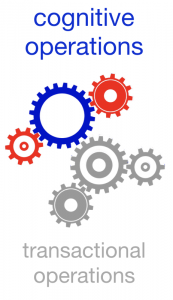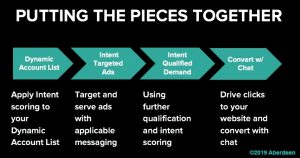
The time for companies to start leveraging the massive amounts of data available to them to grow their business has come. It came years ago. The problem is that some companies who were quick to acknowledge this new age of data analysis are still wasting their time with vanity metrics that don’t answer the questions that matter.
When we talk about that in terms of website metrics, we’re talking about the numbers and percentages that are easy to track. We pick them because of their ease. Google Analytics puts them front and center for us to see. And we know how to influence them. So we can show our teams and our bosses that things are moving in the right direction.
But is it helping the business? Are they tied to larger marketing or company goals and targets?
Here are some of the most overrated web metrics still commonly used today:
- Bounce Rate – while many might argue that bounce rate is a critical measure of whether people are finding what they expect to when they visited your site, the point here is that this metric alone tells you very little. For example, if you spend more money on advertising to drive paid traffic to your site, you should expect bounce rate to go up. Bounce rate will vary from source to source, device to device, among different geographic locations and demographic profiles. Measuring bounce rate in a silo tells you almost nothing about your overall performance.
- Visits – website traffic used to be the ultimate metric. We would all brag about how much traffic we drove, how fast it was growing, etc. Part of the reason for that is because it was one of the first real metrics we ever paid attention to. But the time has passed for visits as a primary metric. Companies have proven time and time again that they can improve their business without growing traffic. And companies that focus solely on attracting more and more eyes on their website have failed to pay attention to conversion rates and other metrics that might help them decipher good traffic vs. bad traffic.
- Time on Site – this one sits adjacent to bounce rate. While you might argue that sites that rely on advertising dollars are looking at time on site and other “stickiness” metrics because they need to sell ads, I would argue that time on site is worthless. There are too many things that influence how long someone spends on your site. If I find what I’m looking for quickly, isn’t that better than struggling on the site for 4 extra minutes and getting frustrated?
Remember, when choosing what metrics to measure, start with your business goals in mind. Find the metrics that tell you whether or not you are moving towards those goals and ignore everything else.
Digital & Social Articles on Business 2 Community(52)
Report Post






